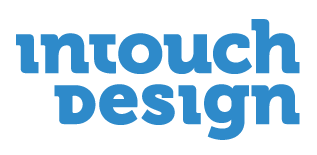Here is a summary of recent survey of some users of Survivor WW1:
Best use
SWW1 works most successfully as a guided activity. All respondents said its content was ideal for their audience, 2 noting that it especially suited school groups. More than 14,300 people have seen or played SWW1. Of those 3,435 are recorded as actively participating in a guided visit, although the actual number is likely much higher. Little guidance is needed for Secondary School age, a lot for Primary School age. As an educational tool respondents said, (in order of frequency), SWW1 is: informative, fun, very engaging, memorable, great social learning, a great adjunct to the exhibition, visually attractive, & reasonably effective for key messages. The effectiveness of SWW1 is influenced by the amount of buy-in from museum staff.
DIY
SWW1 is reasonably easy to make, for non-technical staff or volunteers, although this can take a long time. The designer readily fixed the few problems that needed solving. Because clients are making SWW1 themselves, they can easily adapt it for their own requirements. Small museums prefer to make SWW1 by hand. This makes it easy to fix in-house. Medium-large museums would like the option of paying for items to be laser-cut.
Durability of Materials
Cardboard boxes proved to be durable in one small museum for a number of years, but were ripped apart by visitors in another after 3 months, despite both museums having SWW1 available as an unguided activity. Other museums laminated photocopies, or mounted them on foam-core for durability. Museums are using SWW1 for between 5 months -4 years.
Value
All respondents said SWW1 was excellent value for money, especially for school visits. The environmental sustainability of SWW1 was not important to most museums. 4/6 museums are interested in buying another interactive DIY exhibit, like SWW1: 2 definitely, 2 dependent on theme. Future themes of interest include: Capt Cook, The 1918 Influenza Epidemic, The Armistice, Early Maori Survivor
Design Considerations
Good ideas and adjustments that could be carried forward into the design of the next DIY interactive exhibit include:
· Make an AV presentation to supplement instructions
· Instructions for scoring must be easy to follow
· Visual information for finding answers to the game must be clearly visible
· Differing levels of instructions/method of play could be made for different age groups/repeat visitors, including younger children.
· Museums could augment exhibit-activity with original or replica objects, graphics, documents, etc & create a lending list of these items.
· Give museums access to the background research, especially fascinating facts.
· Organize the files better, and make them capable of being laser-cut.
